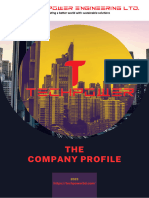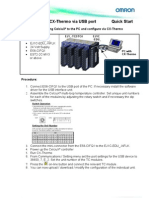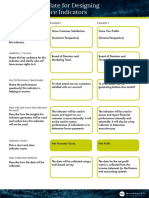0% found this document useful (0 votes)
32 views5 pagesPaper 1 - Unit 1 - Introduction To Web Development
The document provides an introduction to Full Stack Web Development, covering both frontend and backend aspects. It highlights the importance of Full Stack Developers, their roles in creating user interfaces and managing server-side logic, as well as trends like GraphQL, containerization, and serverless architecture. Key topics include web security, performance optimization, and collaboration in development processes.
Uploaded by
sumeetsahu12345Copyright
© © All Rights Reserved
We take content rights seriously. If you suspect this is your content, claim it here.
Available Formats
Download as PDF, TXT or read online on Scribd
0% found this document useful (0 votes)
32 views5 pagesPaper 1 - Unit 1 - Introduction To Web Development
The document provides an introduction to Full Stack Web Development, covering both frontend and backend aspects. It highlights the importance of Full Stack Developers, their roles in creating user interfaces and managing server-side logic, as well as trends like GraphQL, containerization, and serverless architecture. Key topics include web security, performance optimization, and collaboration in development processes.
Uploaded by
sumeetsahu12345Copyright
© © All Rights Reserved
We take content rights seriously. If you suspect this is your content, claim it here.
Available Formats
Download as PDF, TXT or read online on Scribd
/ 5























































































